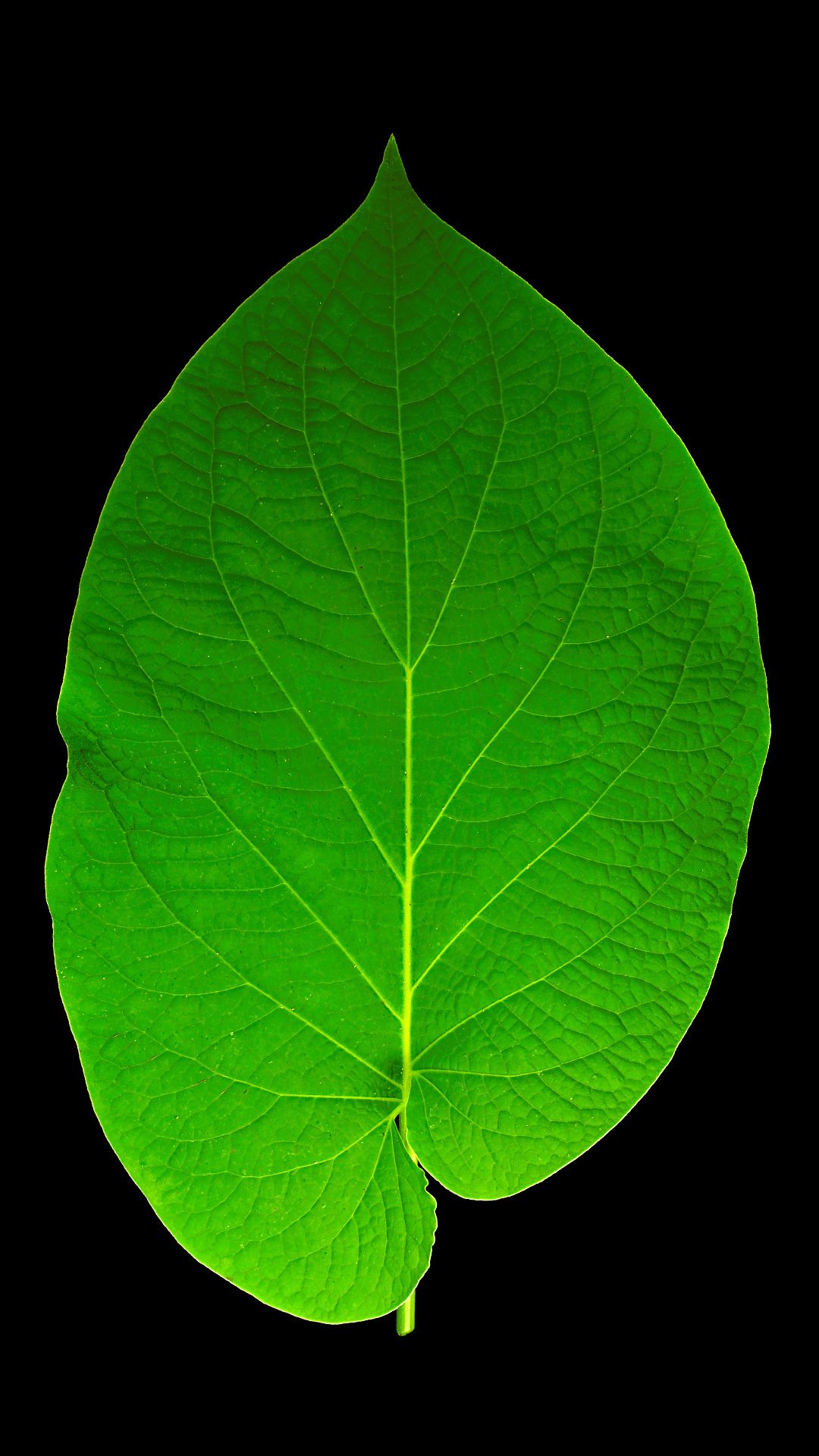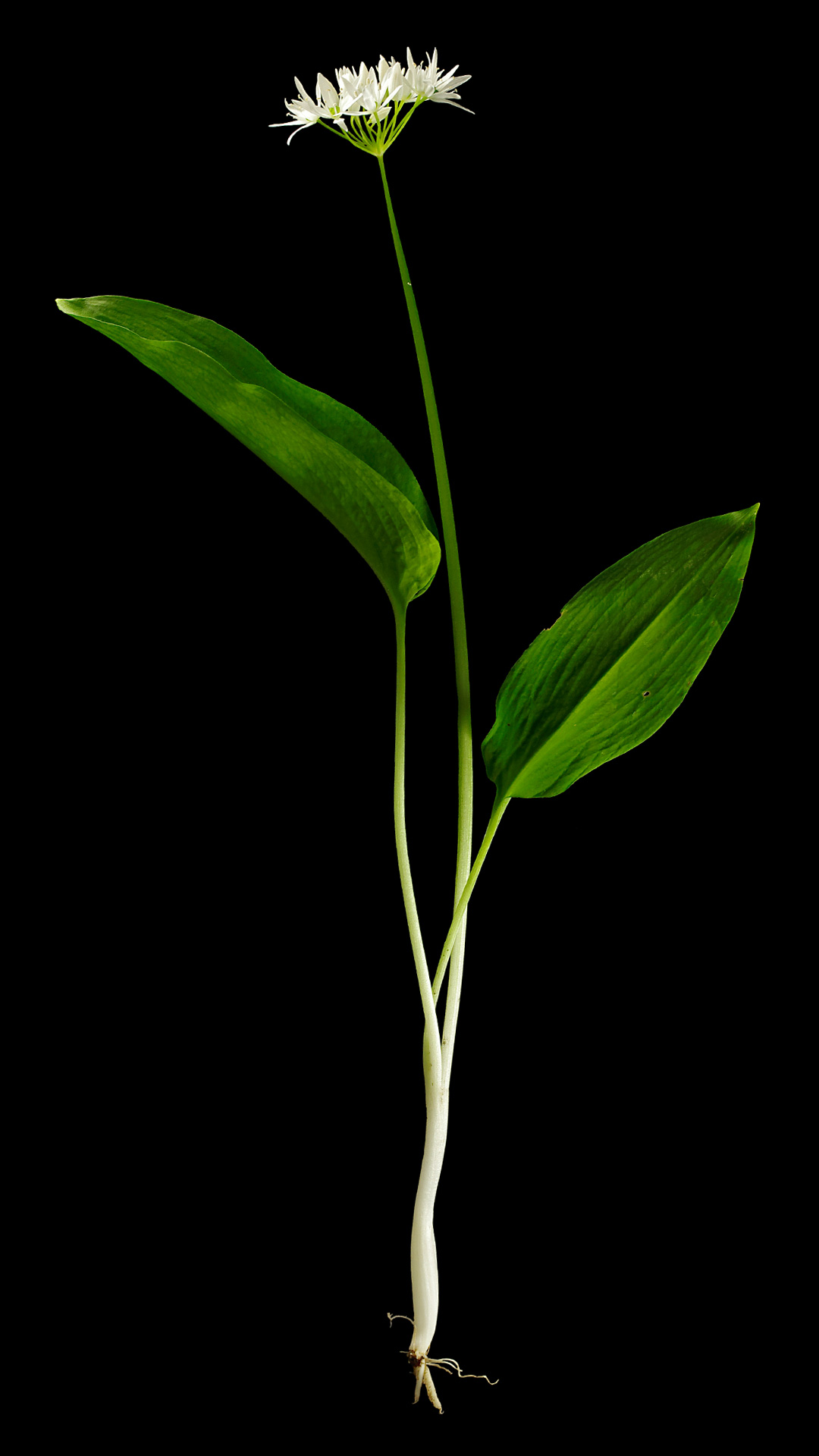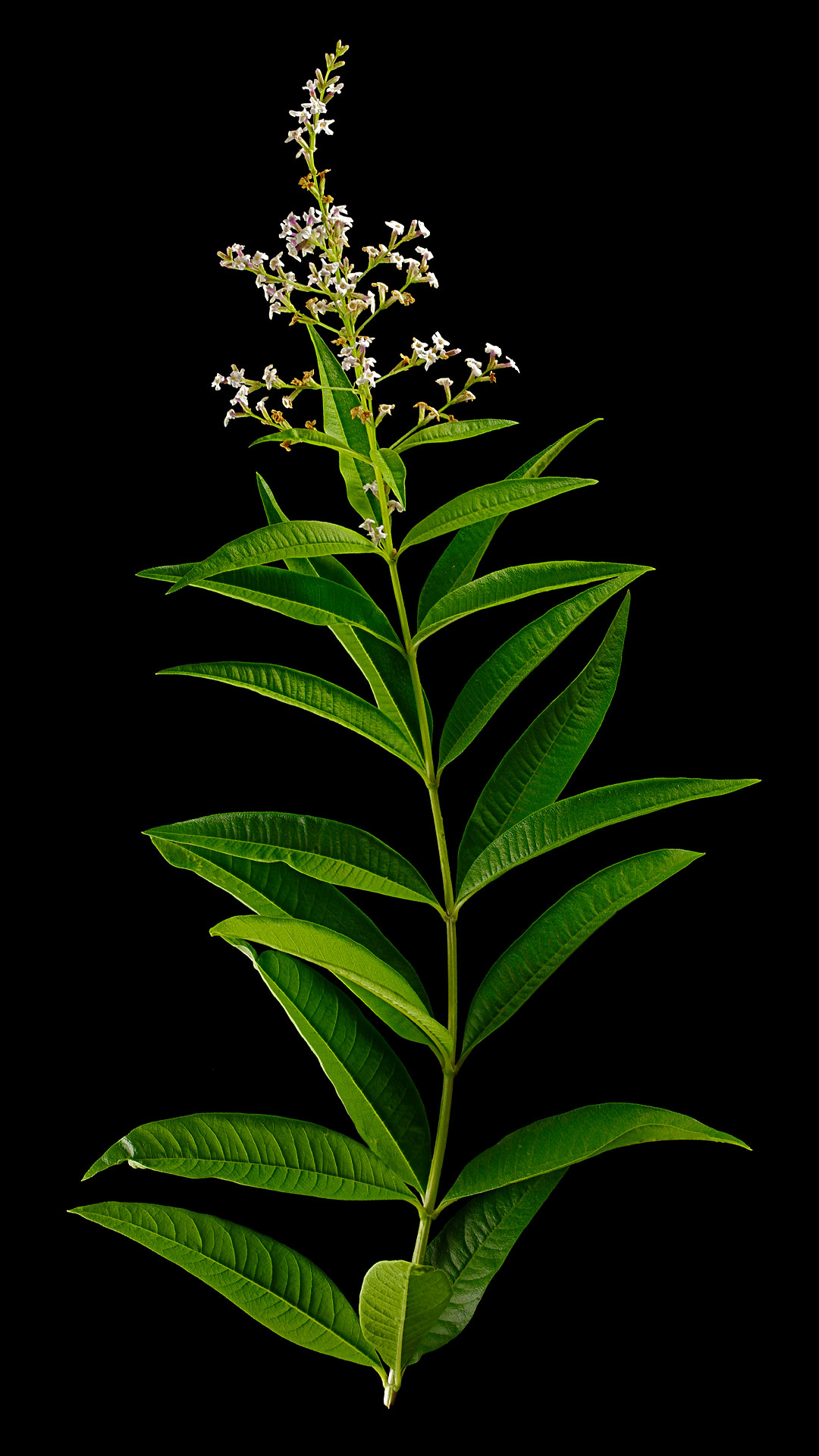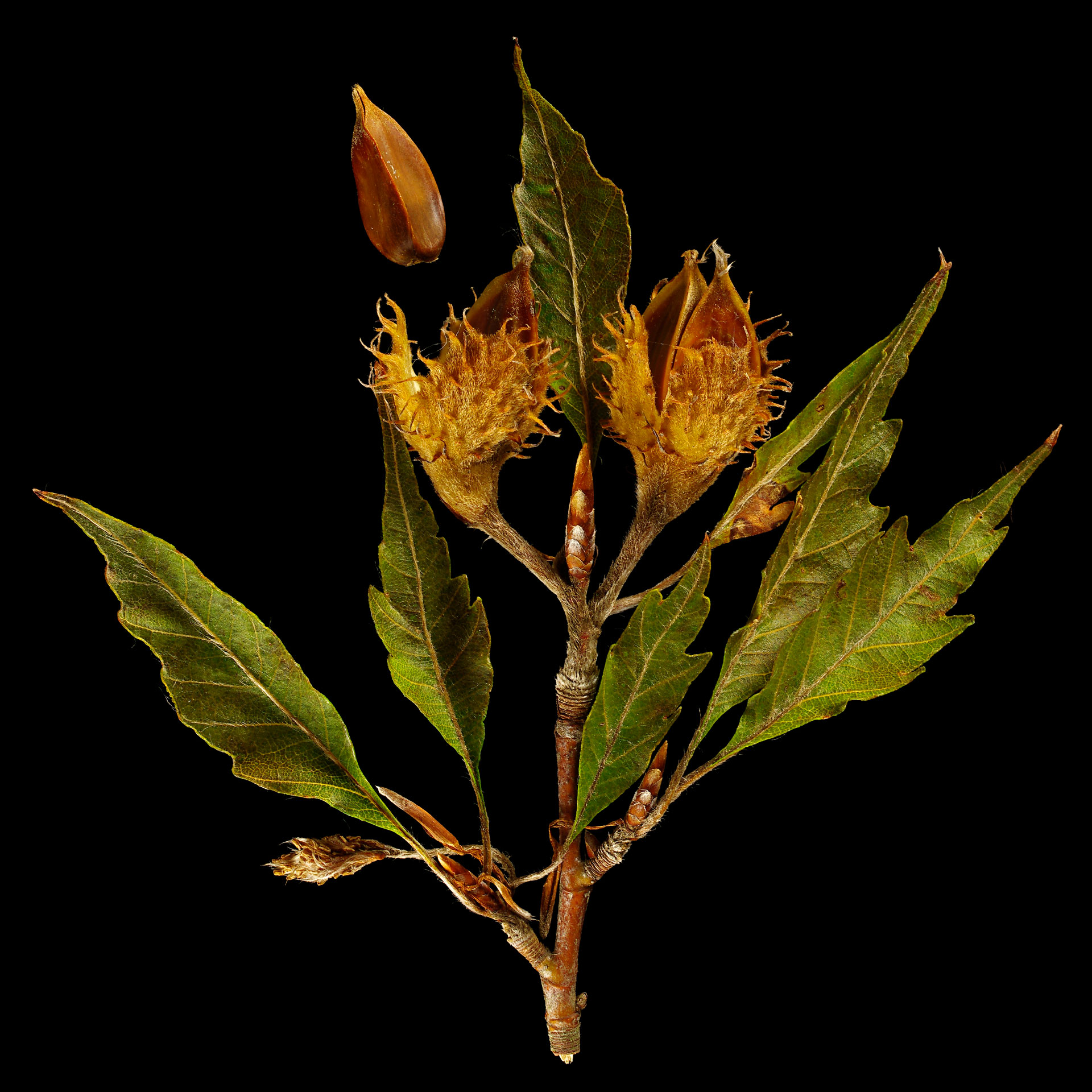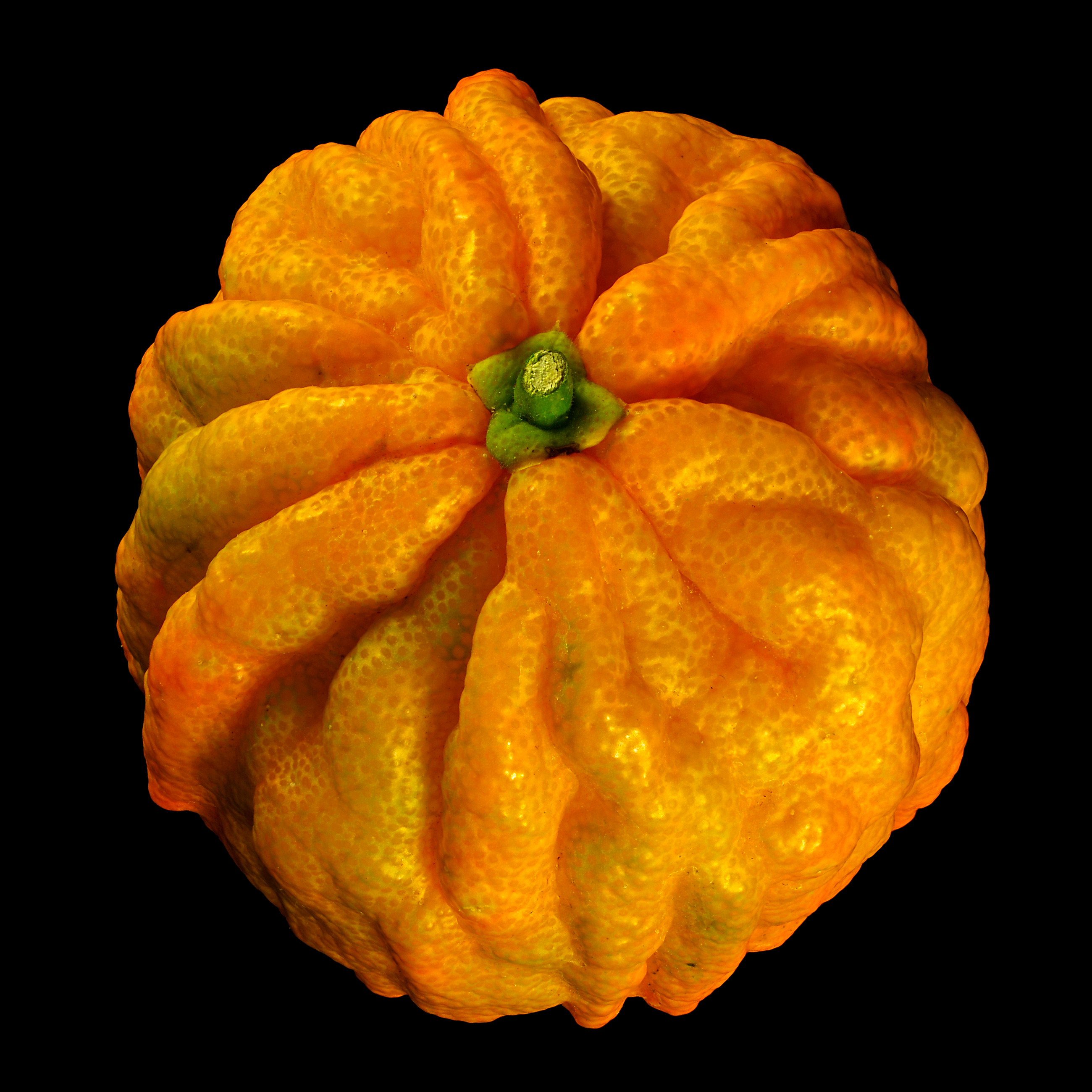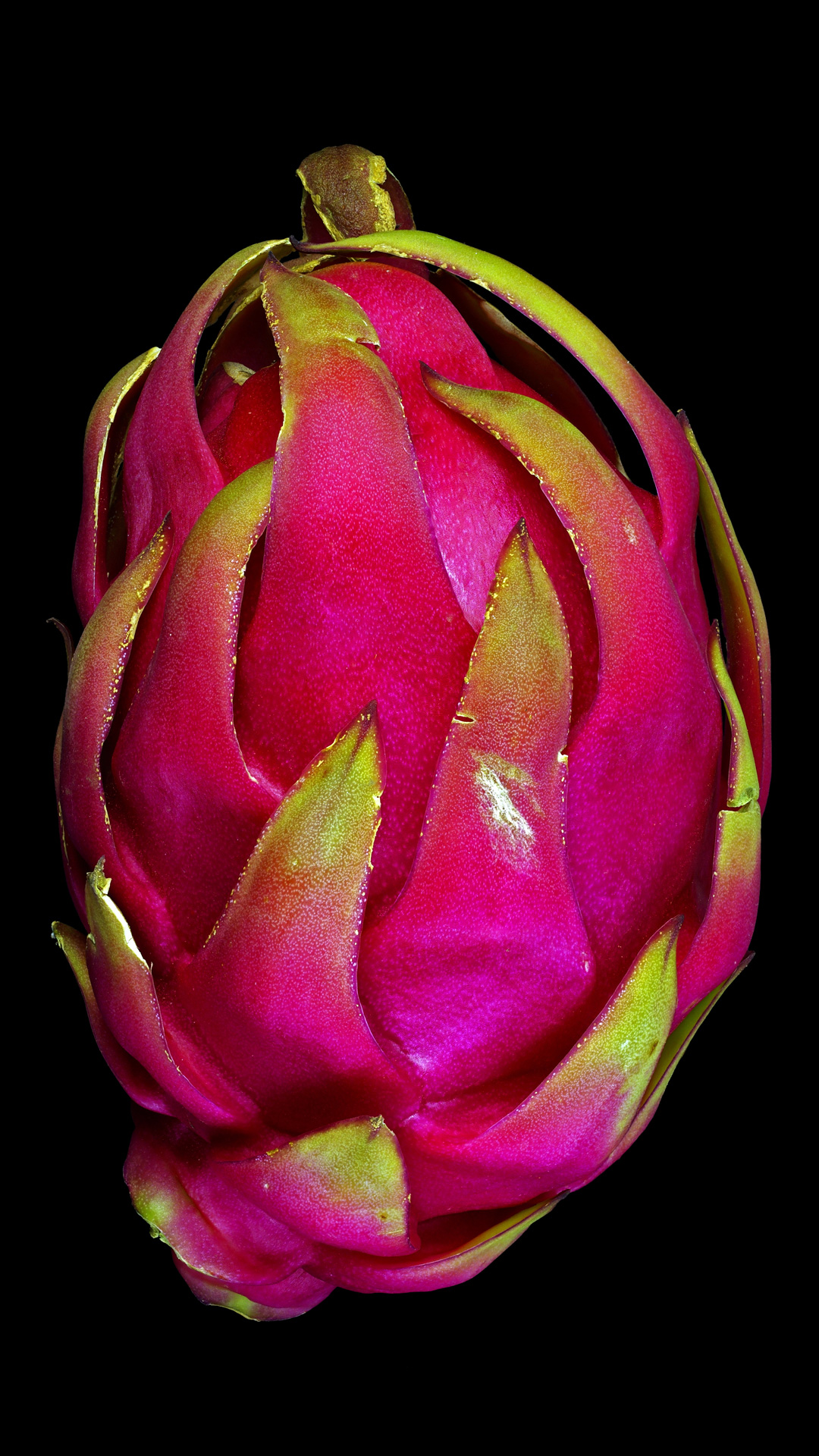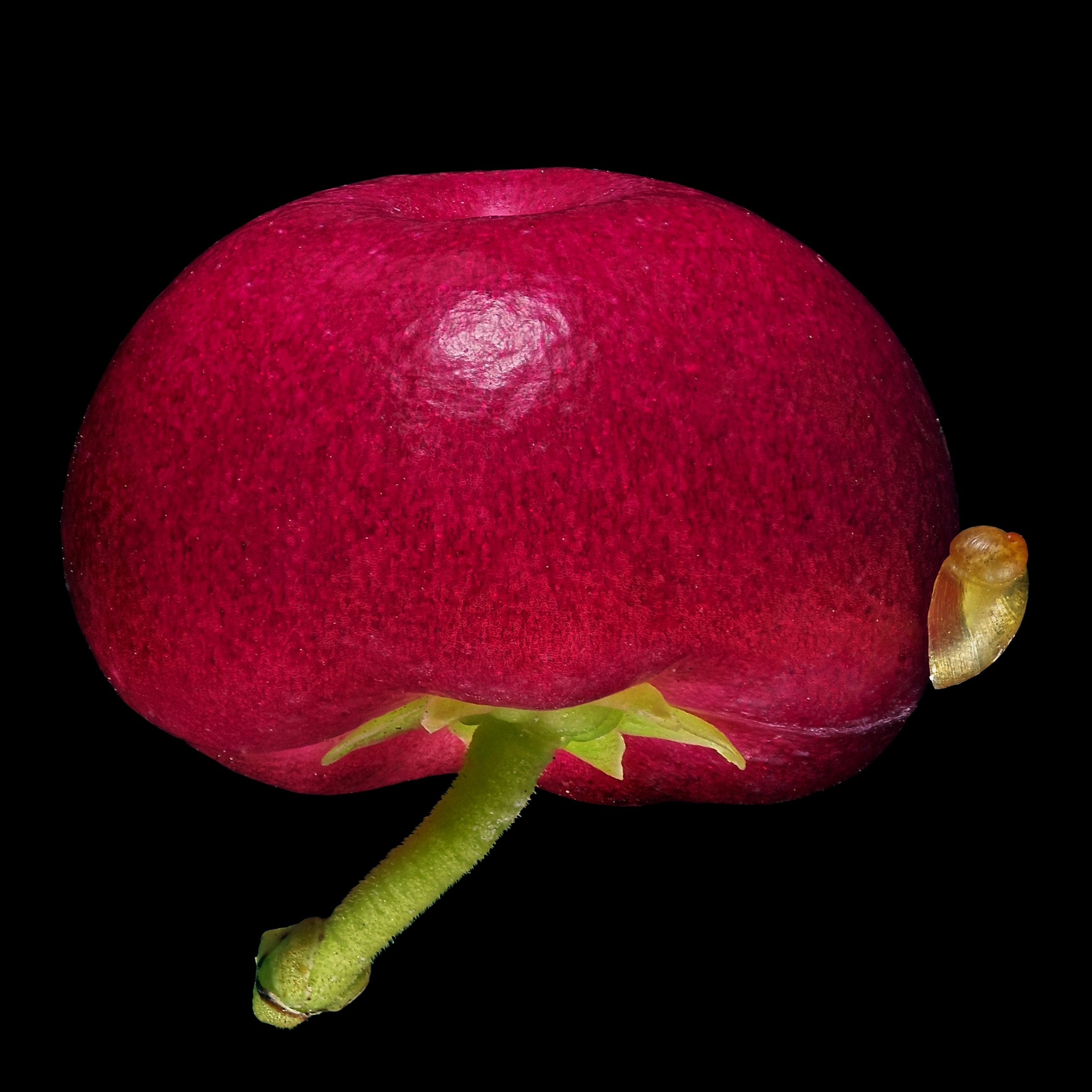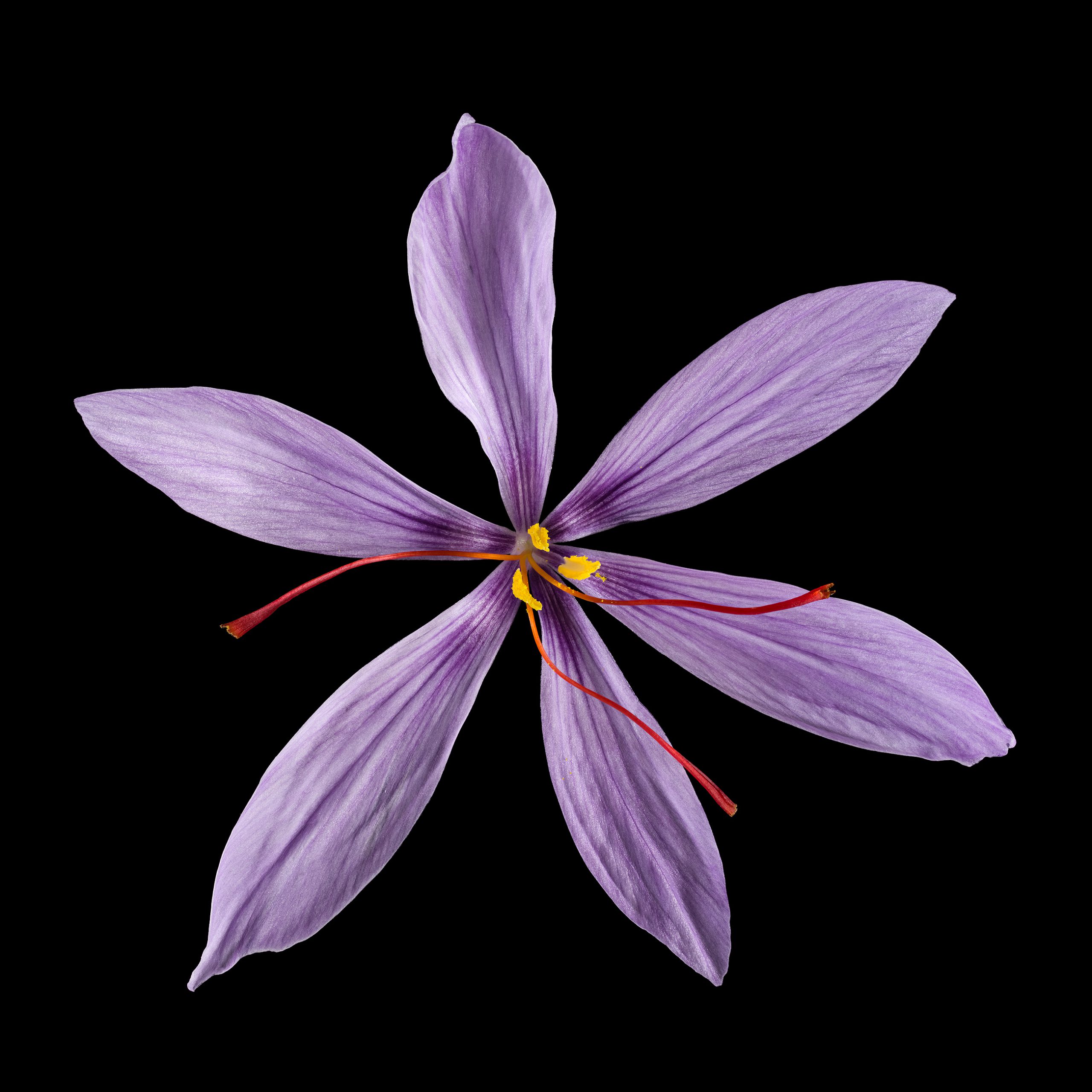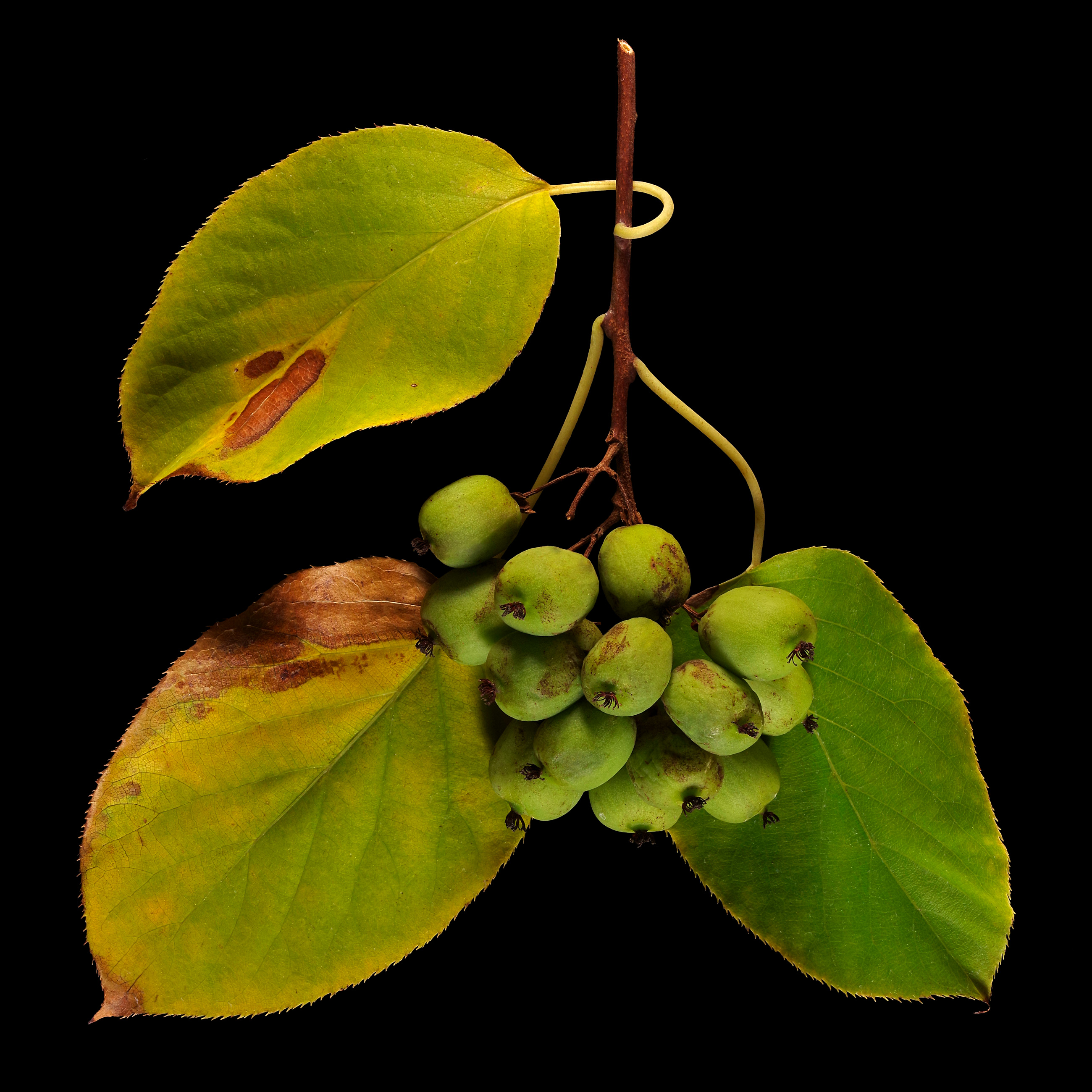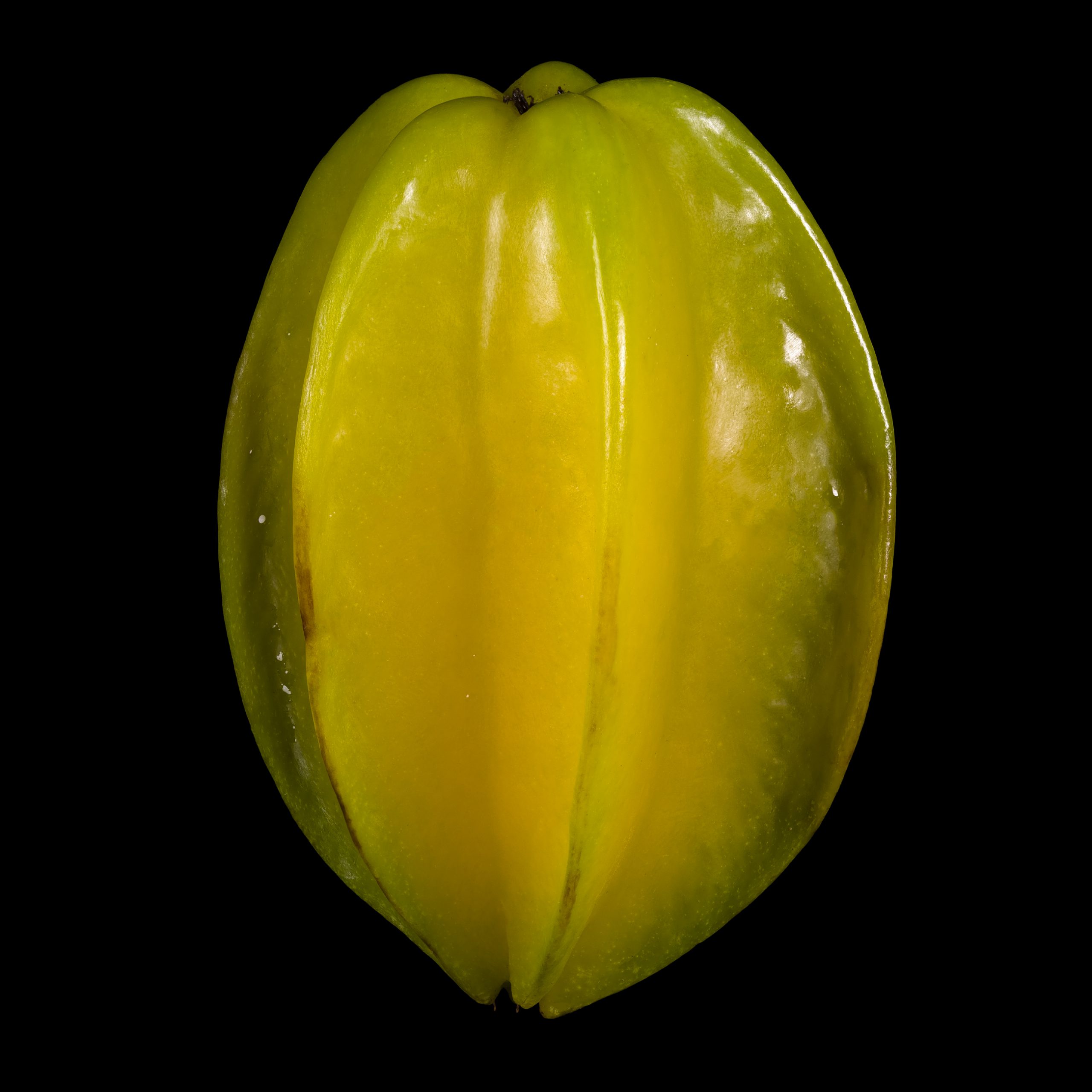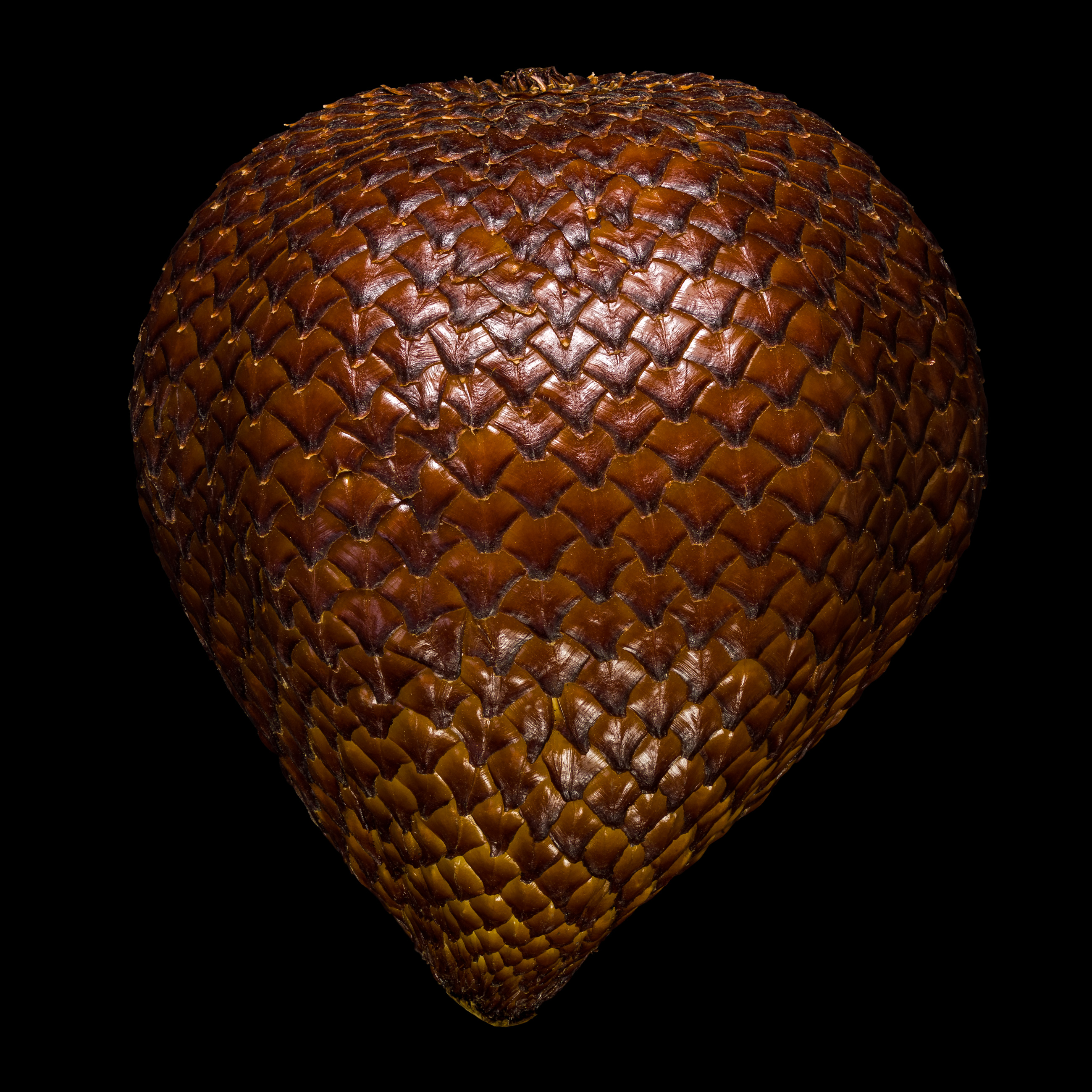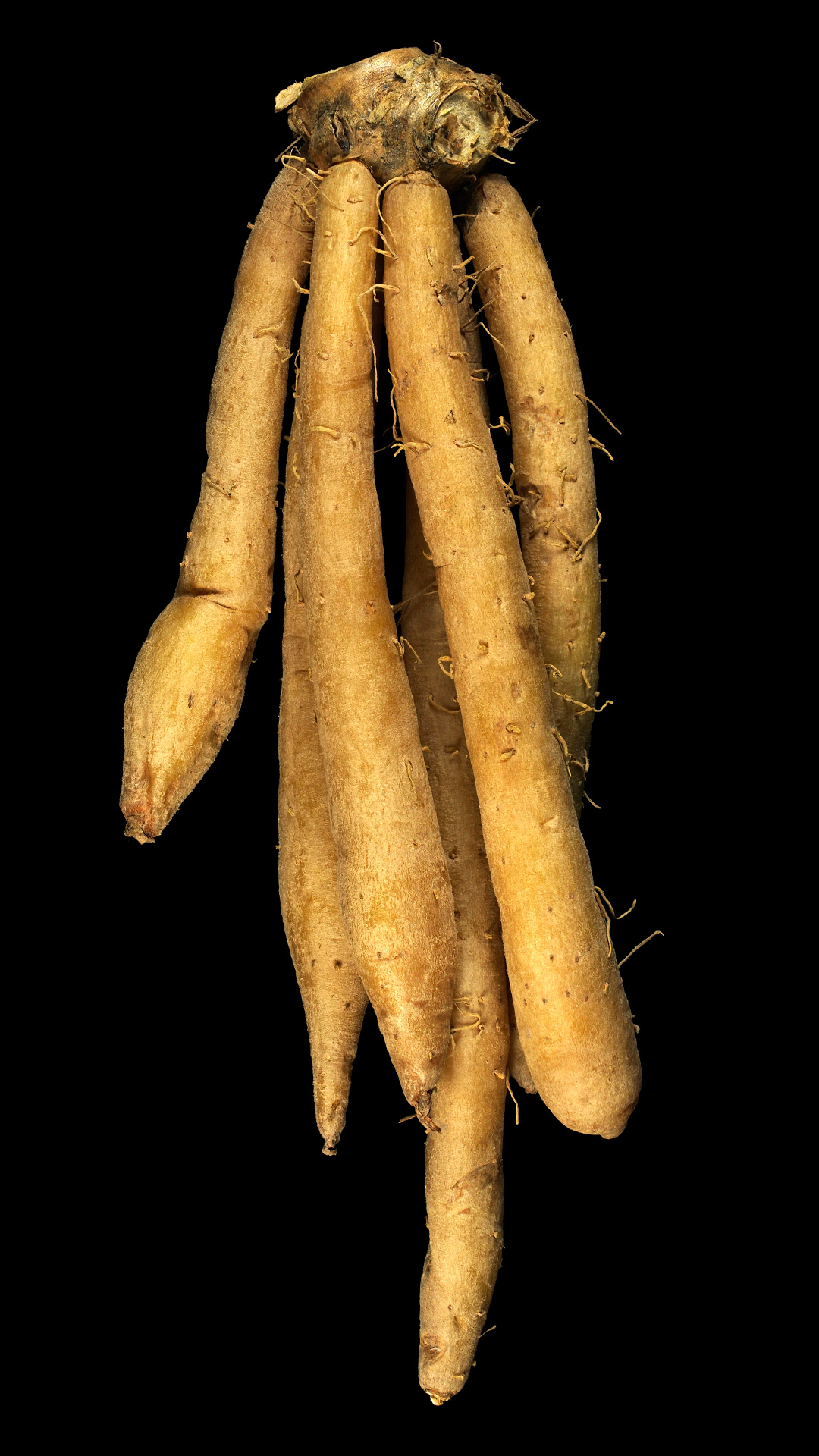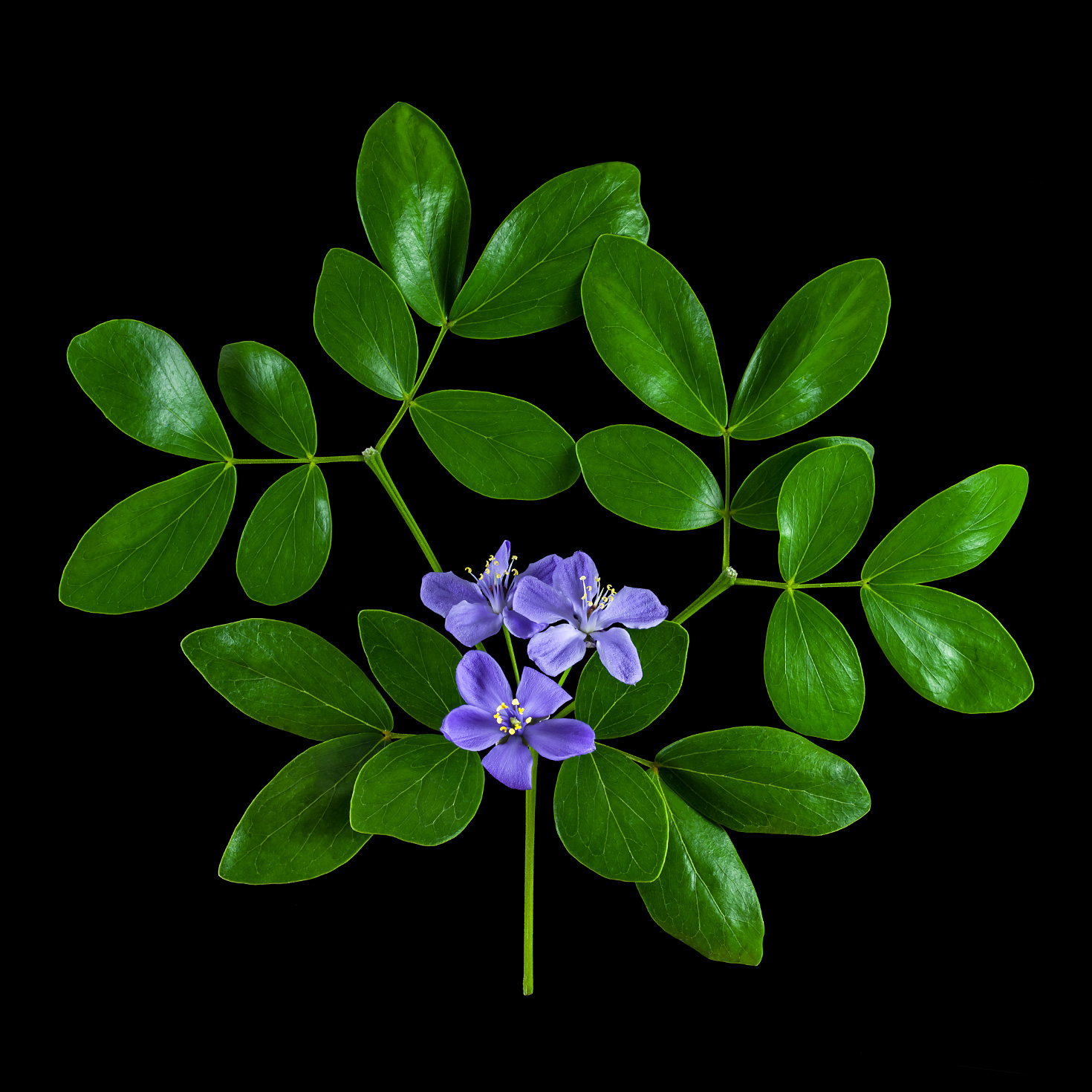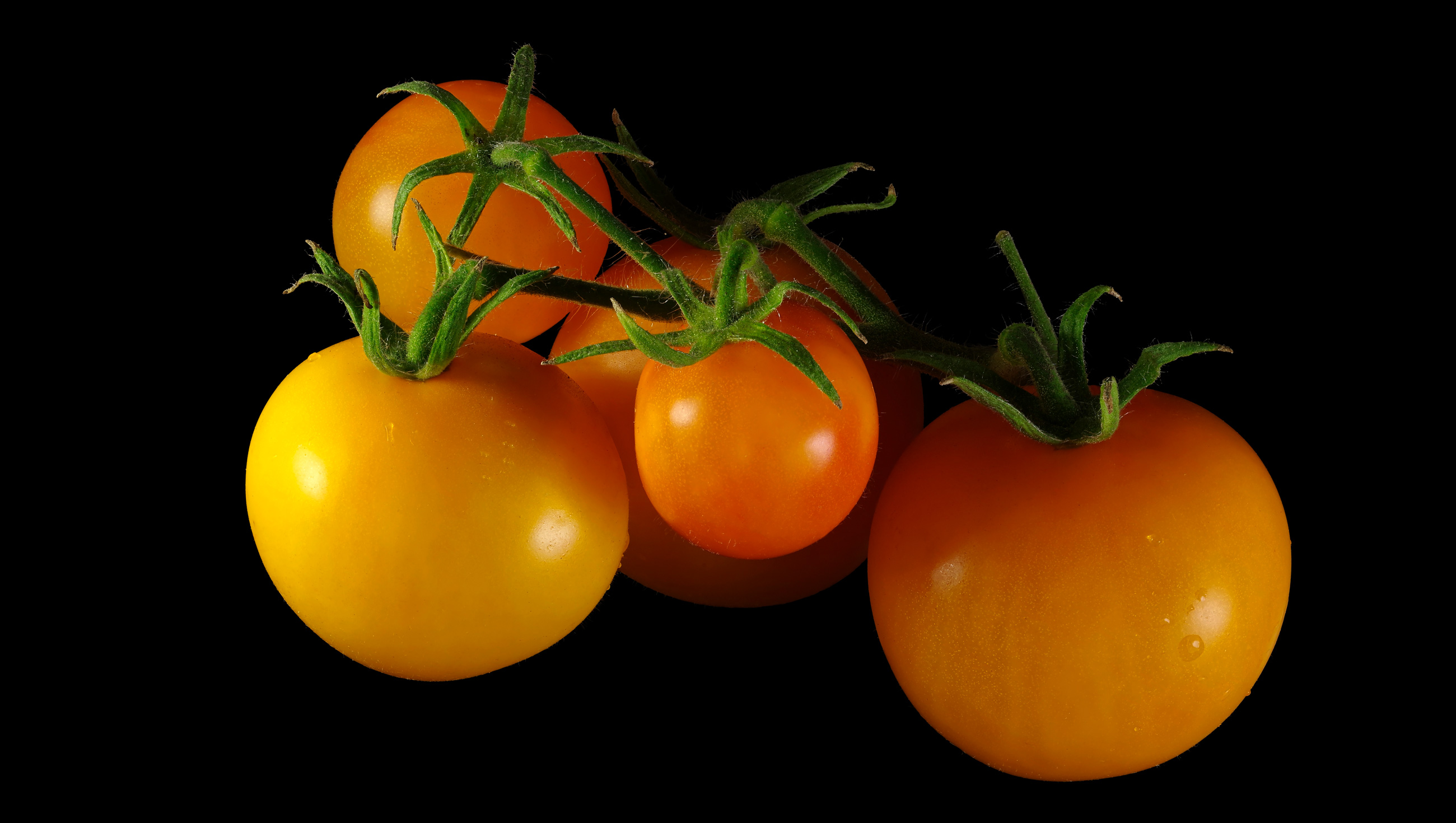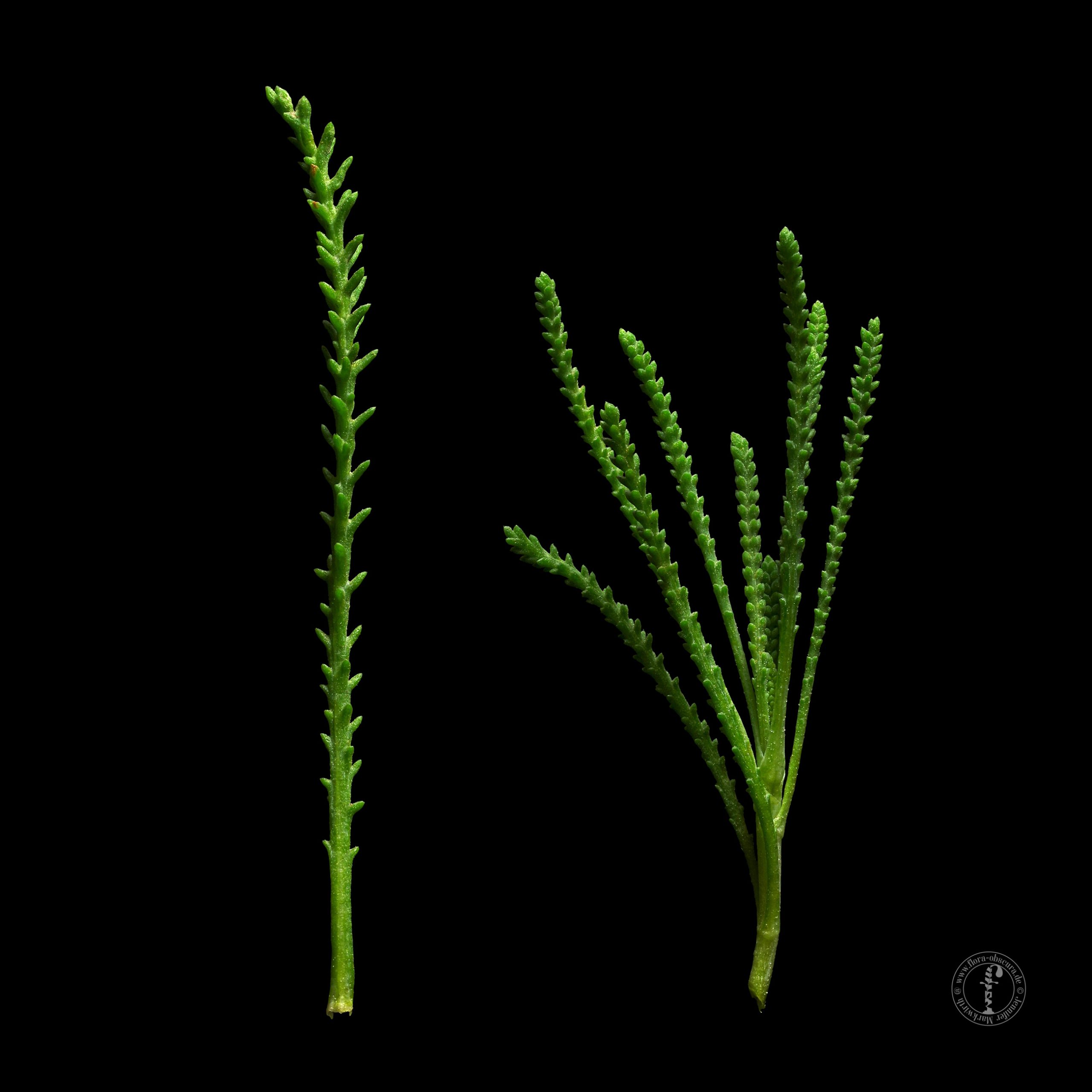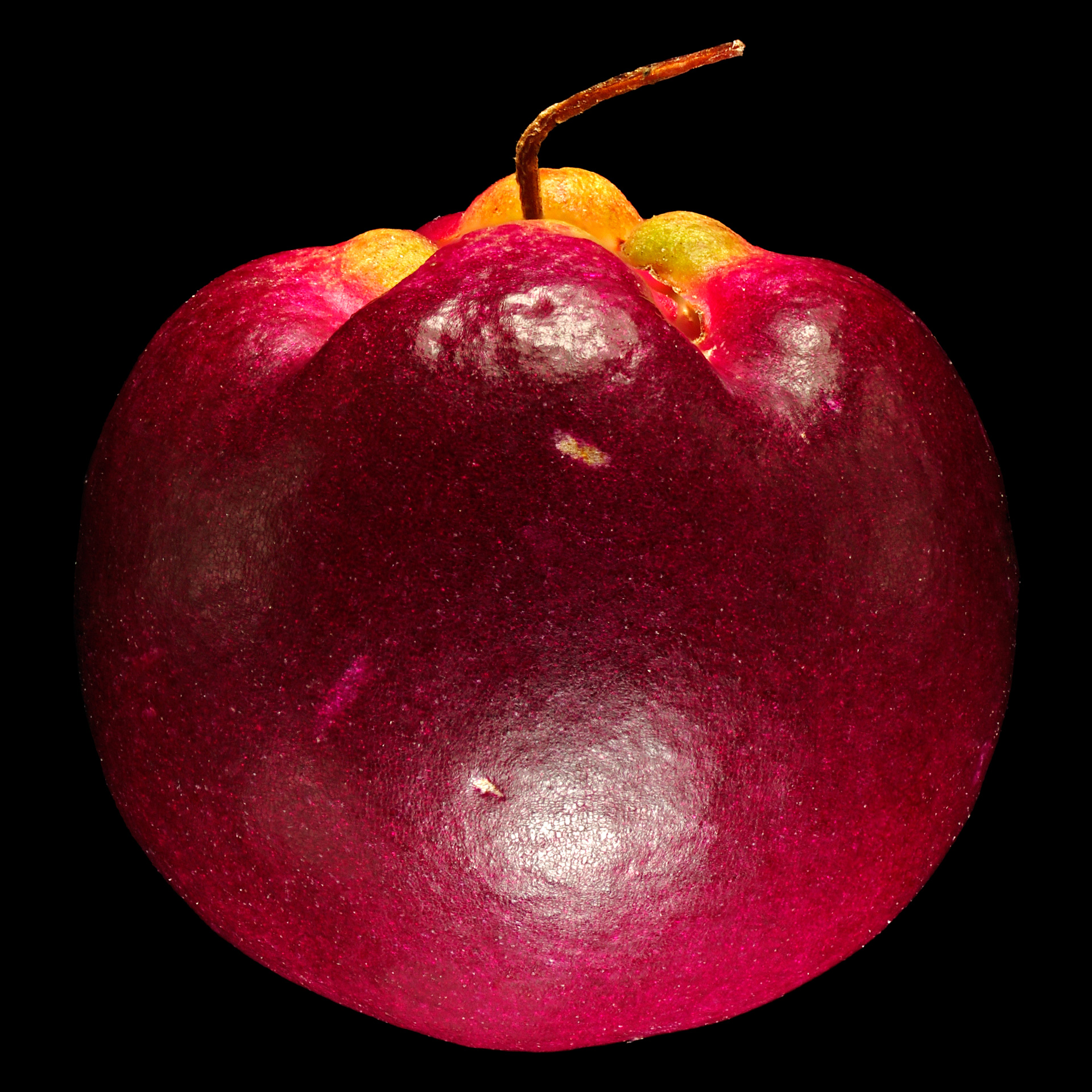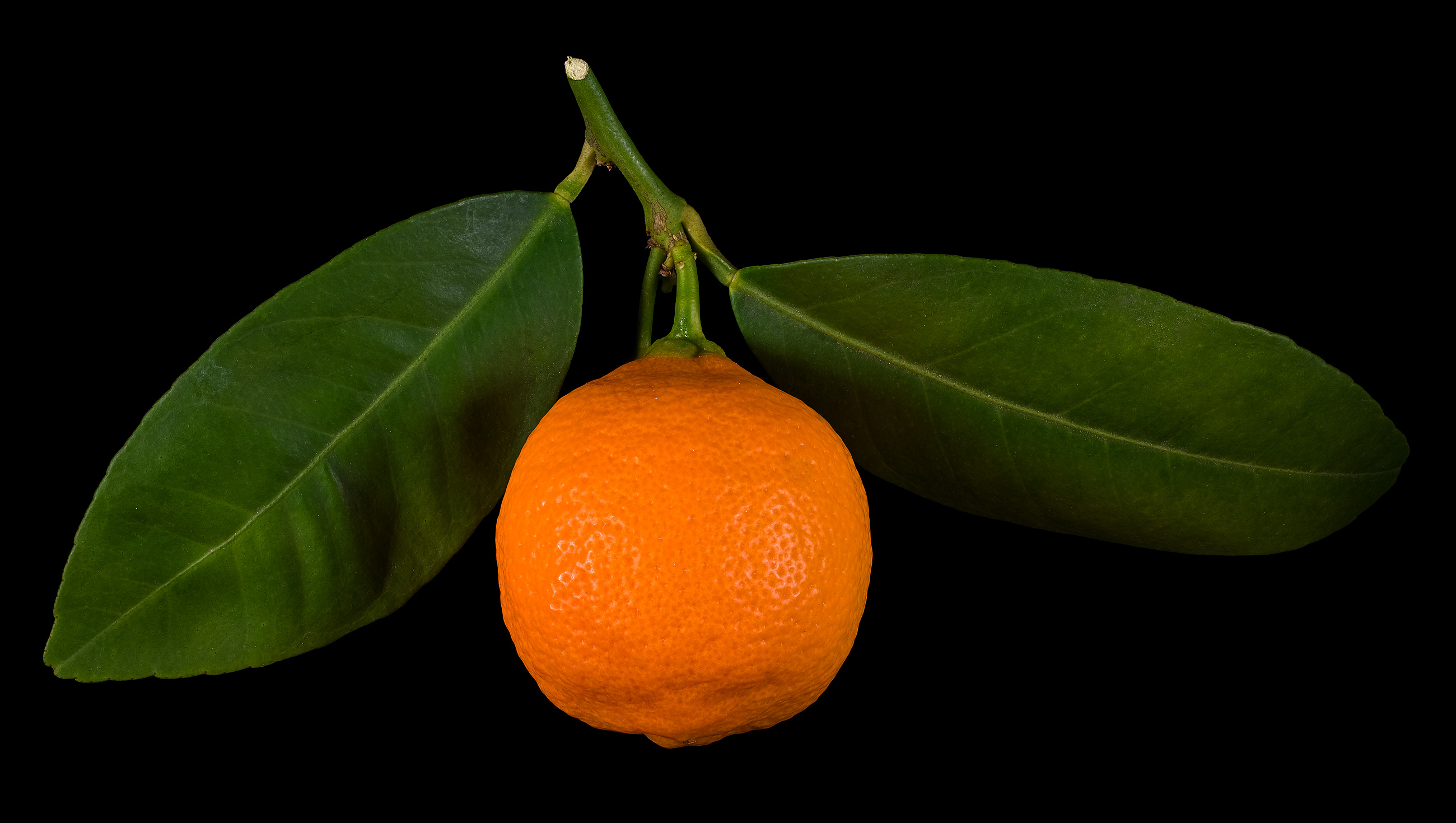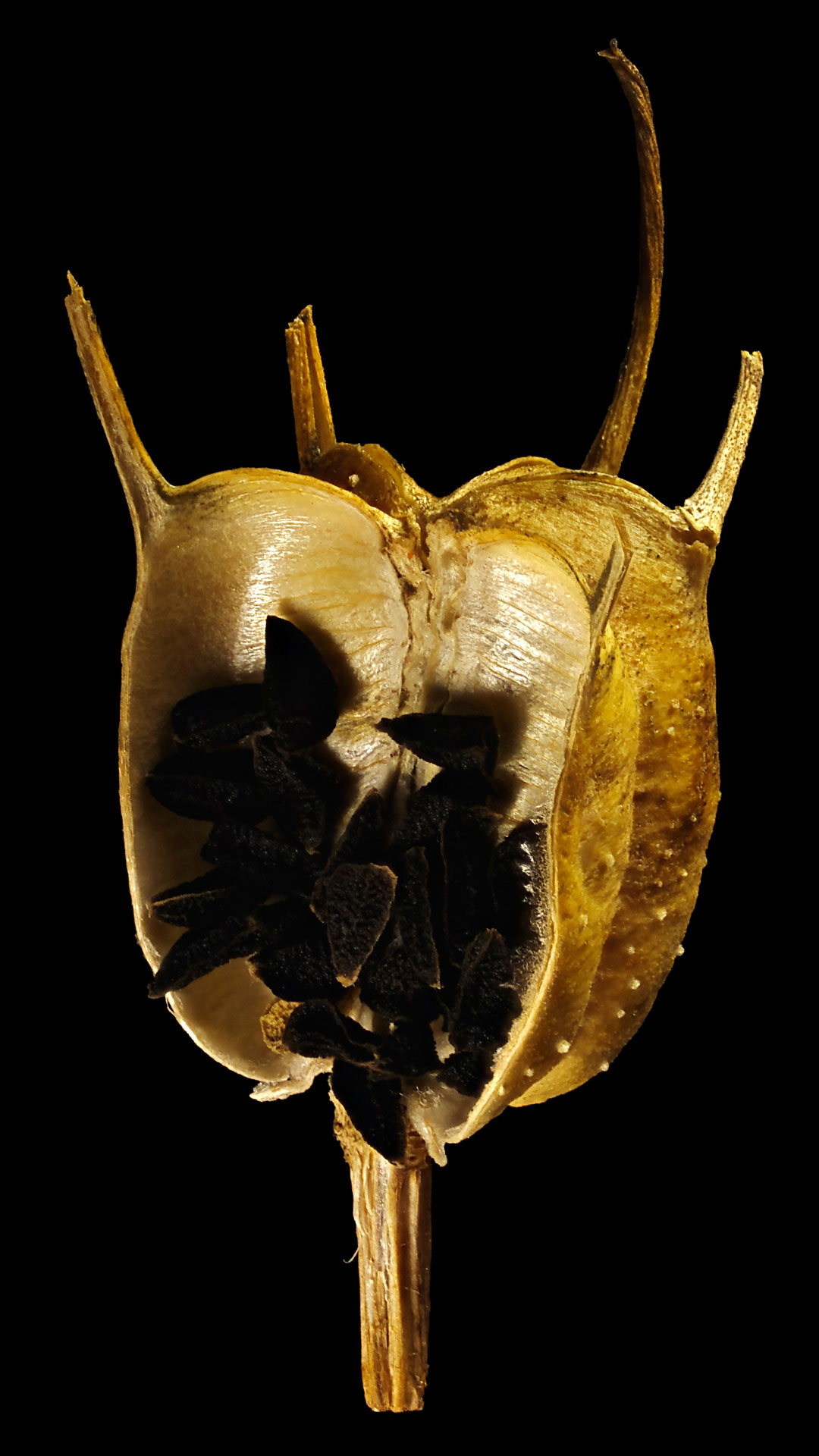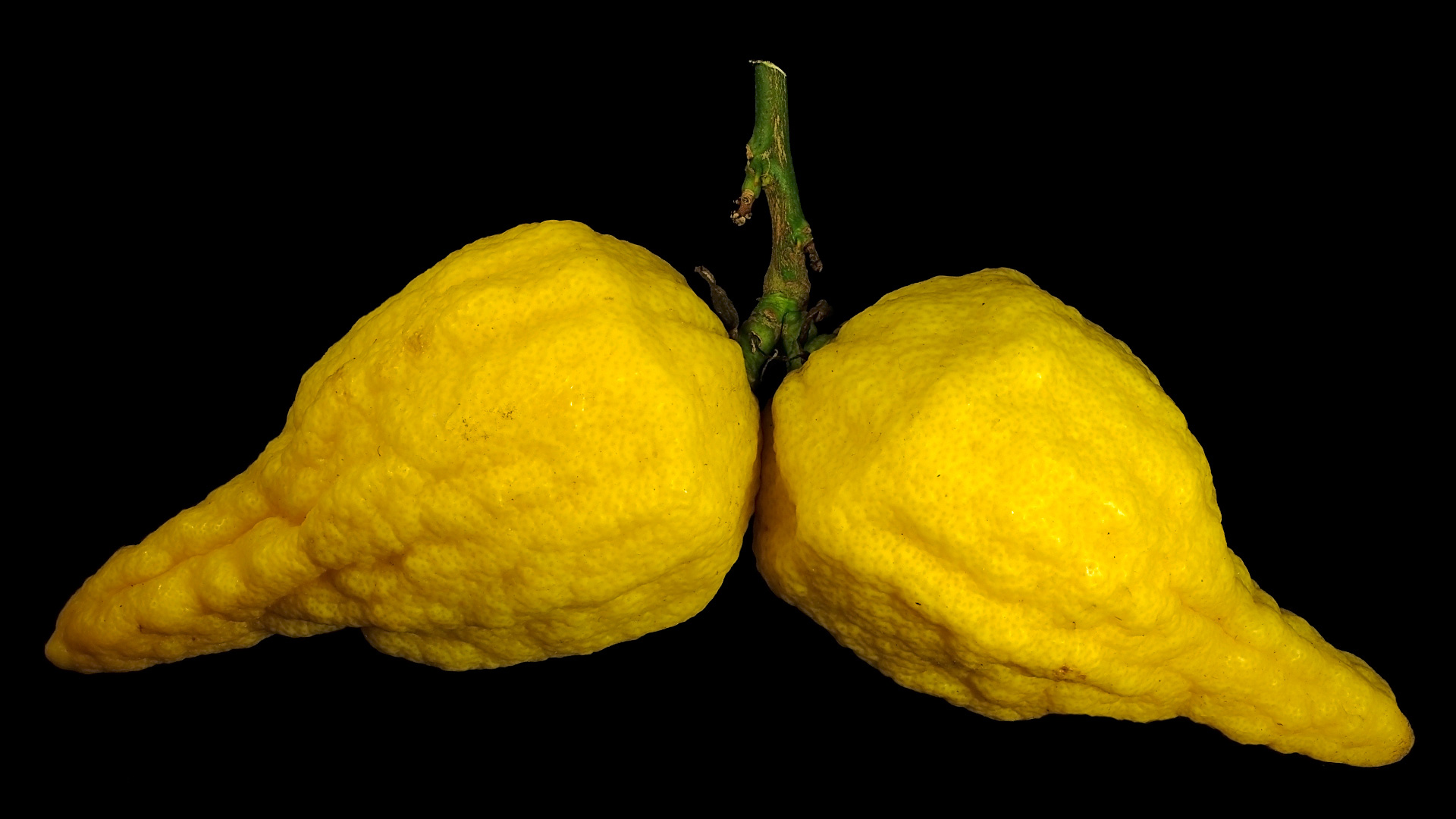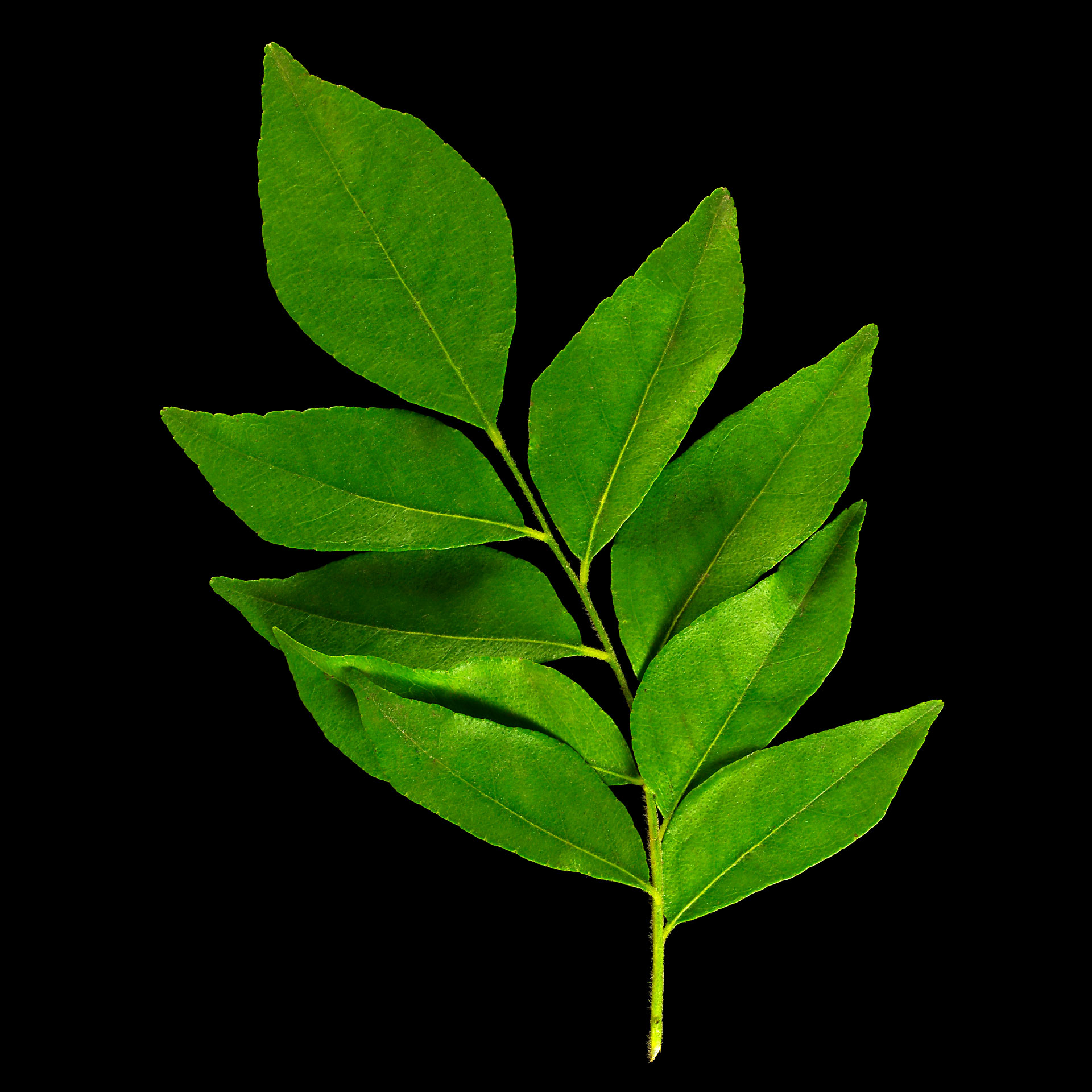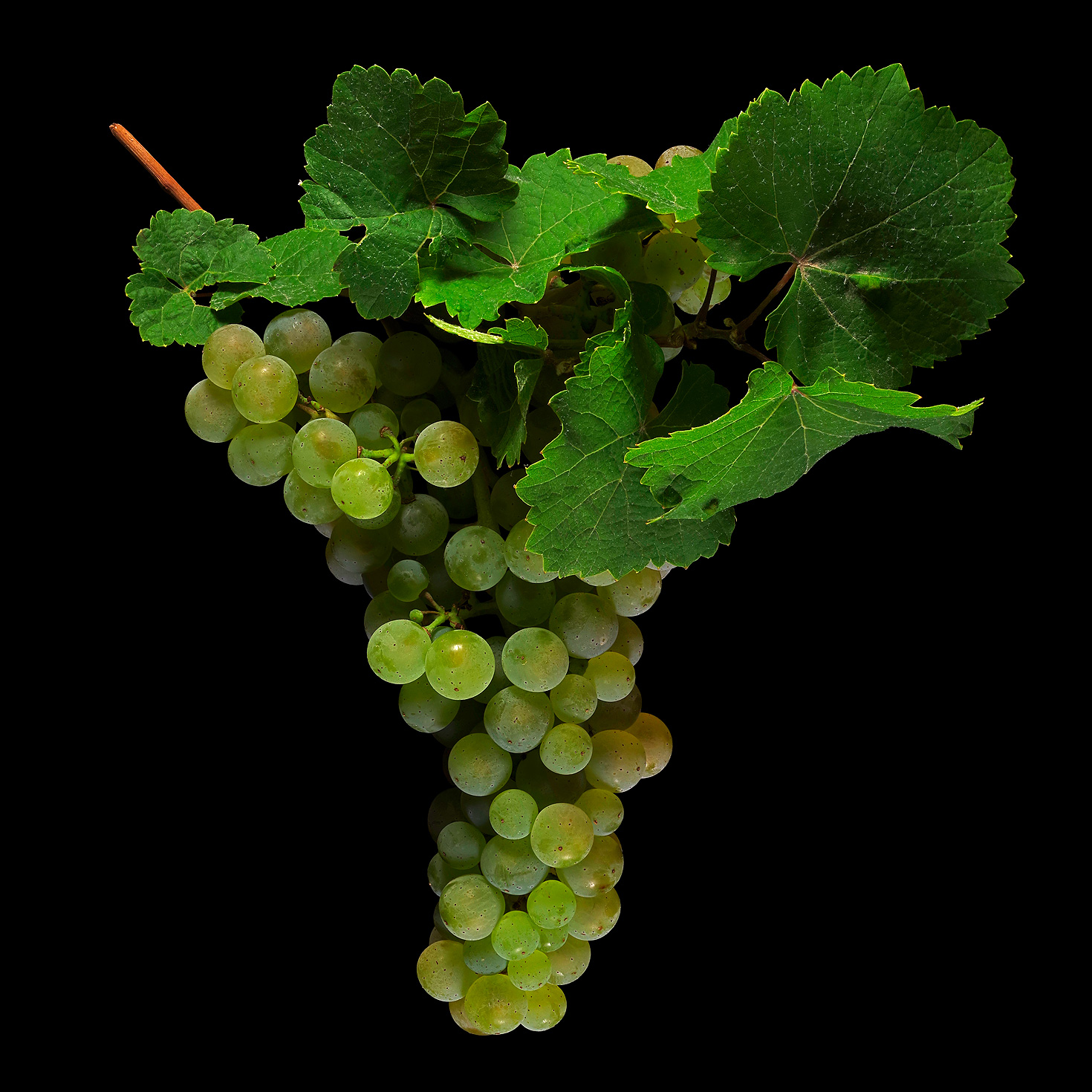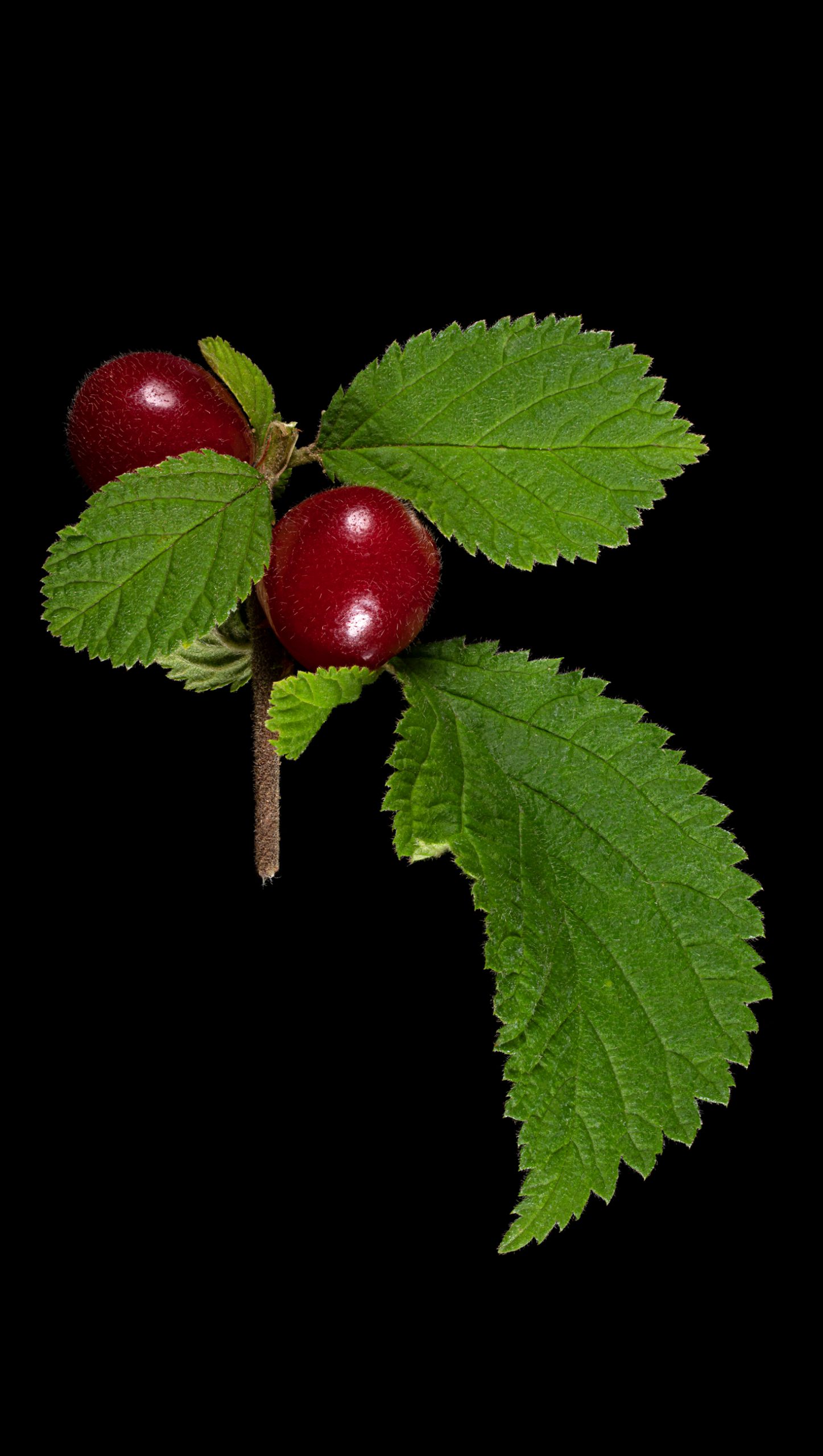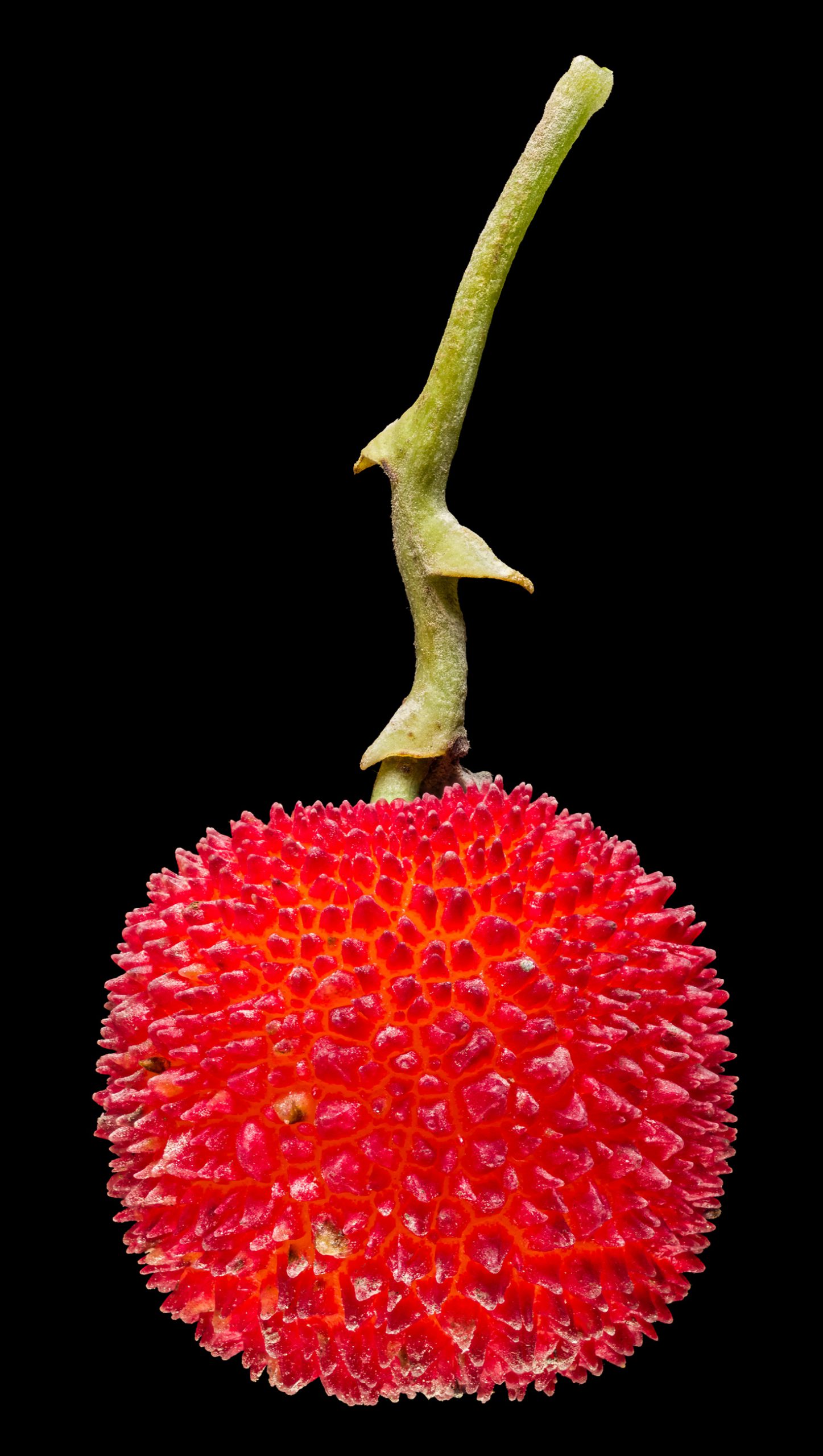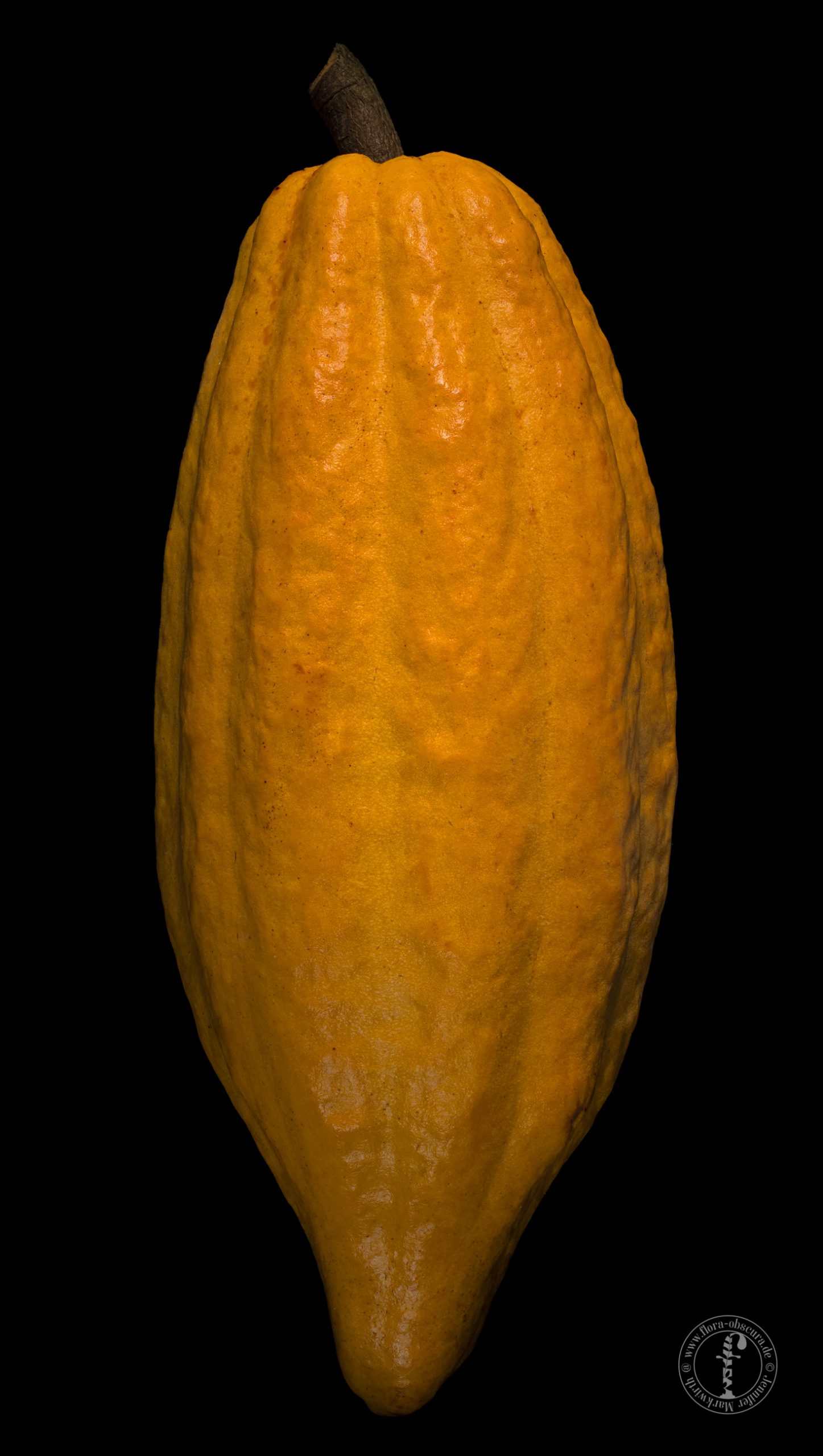Search Results for Aroma
The large, delicate leaves of the Mexican pepper tree have a complex aroma that is reminiscent of the berries of black pepper.
Wild garlic can be collected in the spring from March to the end of April in many places in the forest. There it grows as a dense, dark green carpet.
In addition to pepper mixtures, pink pepper berries are sometimes found in chocolate, which gives them a slight pungency and a peppery aroma.
The aroma of fresh pandan leaves reminds of vanilla, it is of a heavy sweetness and very intense.
If the rough leaves are rubbed, an intense, fresh lemon aroma spreads immediately.
Beech can be used in many ways: the fruits called ” beechnuts ” as nuts or oil fruit and coffee substitute, leaves as salad, wood as smoke aroma.
The crushed leaves of oregano should not be missing on any pizza and give many other dishes of Italian cuisine an unmistakable aroma.
This strange bitter orange variety stands out for its furrowed skin, but is consumable like most other bitter orange varieties.
The intense pink color of this fruit, especially of the fruit flesh, is a challenge for the eye and for the camera sensor.
Many do not know that the fruits of prickly heath, which are usually white, can also be eaten.
Saffron, the “red gold”, is a spice extracted from the flowers of the saffron crocus.
The small kiwi berries are in their anatomy miniature editions of the common kiwifruit (A. deliciosa) and also have the typical aroma of the large fruits.
he tuber cellar is a classic, spicy ingredient in stews and soups with a characteristic aroma.
The carambola or star fruit is often used for decoration at buffets or in cocktails.
The paper-thin skin hides a very firm, crunchy, yellowish-white flesh, which tastes very good when ripe and has an aroma reminiscent of mango, lychee or (remotely) durian.
Krachai is closely related to ginger and shares many of its properties as a spice, so that it can be used wherever ginger is needed.
A typical attribute of the bright golden yellow tomato variety ‘Indian Moon’ is the fine blush of the very ripe fruits up to red “cheeks”.
Green santolina is at home in Mediterranean cuisine. It can be used fresh in salads or marinades for seasoning and develops a slightly resinous aroma.
In its consistency and fat content, the safou can best be compared to the avocado, but there is a lemon or lime-like aroma with a fine acidity.
The Magenta Lilly Pilly is usually eaten raw, but can also be processed to a jam
The cultivar ‘Santa Barbara’ is orange in colour and has a perfume-like aroma and a slightly soapy taste.
The seeds of the Black-caraway are mostly roasted. They are slightly bitter and spicy, with an unobtrusive aroma of cumin and roasted sesame seeds.
The lanceolate, small leaves with the silver hairs can be prepared as tea, which is said to be more delicious than the classic tea.
The fruits of the Florentine citron are hanging on the branches like an upside down pear.
The leaves of the curry tree have a “heavy” aroma, which gives vegetable dishes more substance.
Riesling wines are of high quality and easily assume the character of their growing region.
Kaiser Alexander cucumbers at maturity have a dark brown skin with netting. At this stage, the fruit should be peeled before eating.
The hairy fruits, which grow on very short stems almost directly on the branch, are juicy and soft, slightly sweet and tart.
The berry tastes sweet, hardly sour and has no characteristic aroma.
The purple or reddish, brittle cocoa beans are first fermented with the help of the sweet pulp for about 10 days, which reduces the bitter substances and slowly develops the typical cocoa aroma.



